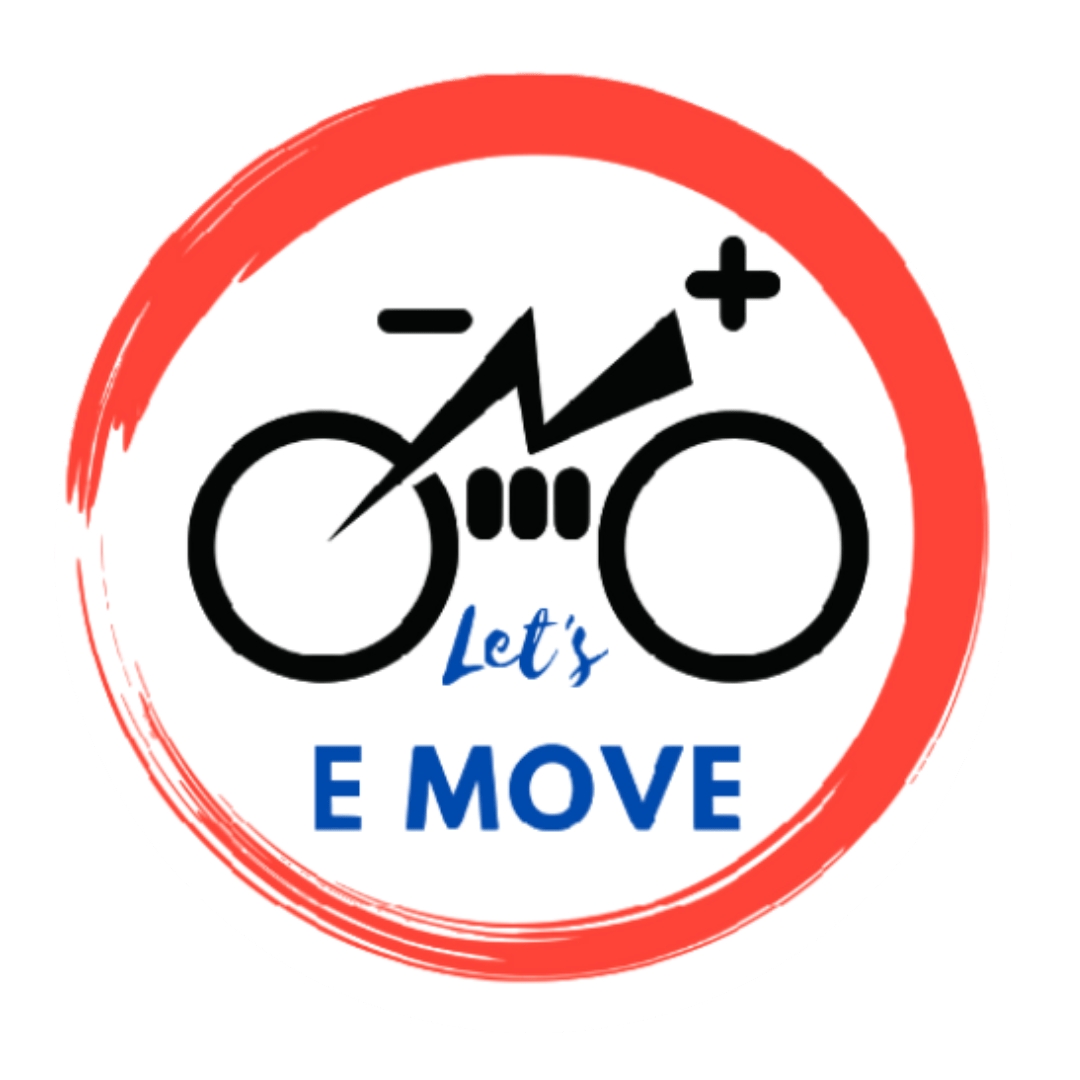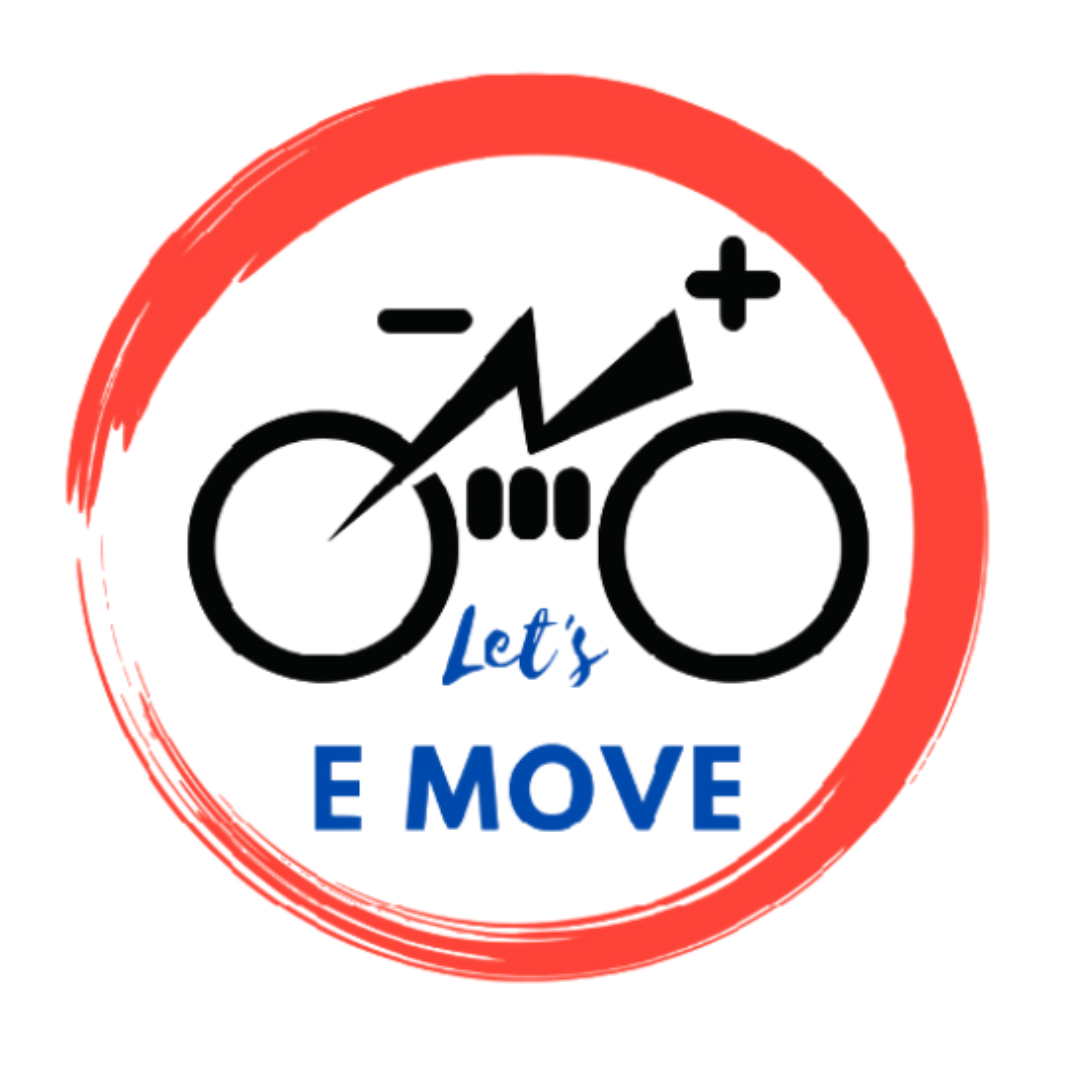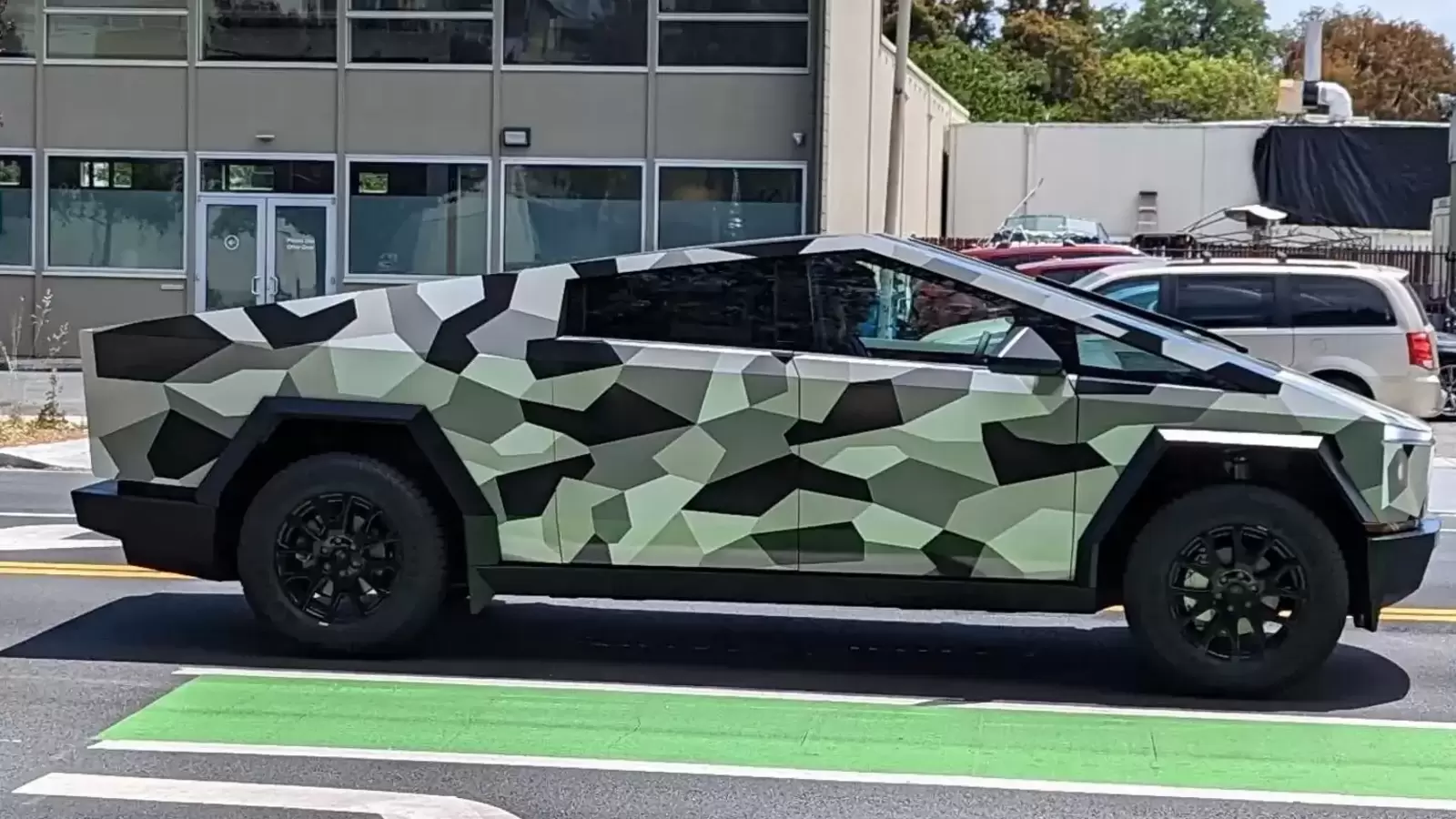
Particularly in the US, it can be difficult to define the subset of motor vehicles known as electric microcars. After recently test-driving a microcar from the New York-based startup Wink Motors, I can now definitively say that I know it. Open-air neighborhood electric vehicles, luxury golf carts, and other small vehicles tend to blur the line, leaving microcars in that peculiar category of “I know it when I see it.”
In the US, there are a few different street-legal electric vehicles (EVs) in the microcar type, although most look like buggies from golf carts. Some of them are even real golf carts that have been modified with the necessary street-legal gear. That basically leaves Wink as the only inexpensive, car-like, and street-legal microcar in the US, at least for the time being.
Table of Contents
What are microcars?
To be more accurate, these little electric automobiles aren’t technically considered “cars” in the legal sense. Although they are street-legal automobiles in the US, according to the National Highway Traffic Safety Administration’s classifications, they belong to a distinct class.
It falls within the category of low-speed vehicles (LSVs), which are subject to less regulations than vehicles with highway capabilities. If they adhere to a smaller set of safety and manufacturing requirements, they are allowed to drive at speeds of up to 25 mph (40 km/h) and on roads with posted speed limits up to 35 mph (56 km/h).
But there aren’t many street-legal LSVs on the market in the US since it’s so challenging to adhere to those rules. The industry is starting to see some new entrants, including fascinating LSVs that resemble trucks, but there are still few options available.
Also read: Is the Mini Cooper a Sports Car: Delving into the Details
However, Wink Motors is really the only street-legal choice if you want a completely enclosed car-like LSV with the kinds of features you’d typically find in a “real” car (A/C, power locks and windows, multimedia system, hatchback, etc.). Chinese LSV-style imports are starting to become accessible in the US (I personally imported one), but they are not street legal because they were not made in accordance with federal requirements or registered with the DOT.
That calls for a street-legal LSV, such as the ones I tried from Wink, in order to really get out on public roads as I did. See my video review below to see what it’s like to drive one of these. then continue reading to get the full story.

In the USA, LSVs
I really got to see Wink Motors develop over the last 18 months or so, and I even provided some consulting throughout the design stage, which has given me a distinctive perspective on the creation process. The company’s four models—Sprout, Sprout Solar, Mark 1, and Mark 2 Solar—are made in Asia in accordance with US regulatory specifications and, in certain cases, go above and above those standards in terms of safety and toughness. And I was shocked to discover exactly how much like a “real” car it felt when I sat into one of these vehicles for the first time last week in New York City. There are surprisingly many car-like features for something that costs less than many golf carts (the Wink Sprout LSV starts at about US $9,000).
Wink’s models have bucket seats that resemble those in a typical sedan, in contrast to the plain bench seat that can be found in many more affordable Chinese microcars. They also have some intriguing features like an electronic parking brake that doubles as a hill-hold feature. The paint is shockingly high-quality metal-flake paint like you’d find on better automobiles. When you press the accelerator pedal, it immediately disengages after three seconds of holding the brake pedal.
The interiors of the four distinct Wink models vary slightly from one another, with the cheaper Sprout and Sprout Solar having a different body design than the Mark 1 and Mark 2 Solar, which are more Mini-shaped. All of the models are four-seaters, but the first three are two-door coupes, thus to access the back seats, you must lean the front seat forward on either side. The lone four-door model is the US $12,000 Mark 2 Solar, whose interior was perhaps my favorite of the six.
The lighter Sprout model felt a little peppier off the mark, probably because the smaller vehicle’s reduced weight, even though the Mark 2 Solar had a nicer cabin. The Sprout weighs 760 lb, although they all have the same 3,500W motor. (345 kg) against 1,250 lb for the Mark 2 Solar. The curb weight of (567 kg) makes it spray out even more quickly.
Of course, both models had a 25 mph (40 km/h) top speed limit, but that didn’t seem to be an issue 99% of the time. Manhattan’s average traffic speed is 4.7 mph (7.5 km/h), thus no matter how much power your car has, everyone there is moving at a snail’s pace.
The only time I actually encountered a software-controlled speed limit while driving across Manhattan and Brooklyn was on the Brooklyn Bridge. I was legally permitted to drive an LSV on the bridge, which had a marked speed restriction of 35 mph (56 km/h), but I had to stay in the right lane because most other traffic was moving faster than I was. Though I suspect it might have been because everyone was slowly passing me while marveling at my tiny car, the traffic in the left lane was really moving more slowly than me. I’ll admit, it’s a very odd sight. But when more people start using little automobiles, perhaps it won’t be as weird for long.
These are pretty much the ideal cars for the city, as I discovered firsthand on my test drive in New York City. Even though it was a chilly and rainy winter day in New York, I felt at ease within the cabin’s climate control. Although it wasn’t raining, if it had been, I would have been dry behind a windshield covered in wipers, preferably just one. I was able to avoid vehicles traveling along lane barriers and avoid double parking vehicles in NYC’s hectic traffic without even leaving my lane. And let’s not even talk about parking. The Wink Sprout is short enough to allow for a reasonable nose-in parking position parallel to the curb. However, parallel parking is also very simple. I was able to squeeze into and out of parking places that were little larger than a conventional sedan’s footprint, much alone the additional room they would require to enter and exit the area.
The battery meter’s pretty basic pictographic display prevents me from knowing exactly how much battery I actually used, but it didn’t seem like I much reduced either vehicle’s charge level because I still had full bars. The Wink LSVs are supposed to have a range of between 40 and 60 miles (64 and 96 kilometers) because to large (6 kWh LiFePO4 batteries, for a little car) batteries. The range is theoretically even greater since two of the vehicles include rooftop solar panels.
The solar panels don’t have a lot of electricity; depending on how sunny it is, they can peak at 100–200W. Each day, they’ll likely add 5-8 miles (8-13 km) of range to the battery. However, if you park outdoors and just go 25–40 miles (40–65 km) each week within the city, you may never need to use a charging station.
The Sprout variant contains a charger that is like to an e-bike for when it is necessary to recharge. It basically consists of a brick that connects into a standard 120V outlet in the home and into the car’s outlet, which is concealed behind what appears to be a usual gasoline door on a car. There is no need for an off-board charger because the Mark 1 and Mark 2 Solar models have on-board chargers. You simply need the connector and an extension wire.

How risk-free are LSVs?
There is no getting around the fact that LSVs are less secure than traditional automobiles. They lack the same level of crumple zones and other crash-related safety features because they are not required to undergo crash testing. Additionally, airbags are not a requirement for them.
Although Wink developed its LSVs with safer three-point seat belts used in conventional vehicles, they must at least have a DOT-certified lap-belt. They are the same components as are in typical cars, and I even experienced that annoying scenario where you quickly lean forward to reach something and the inertial lock engages, causing you to recline and lean forward more slowly to let the seat belt to spool out. When the seat belt inertial lock engages, nothing shouts “real car” like it does.
There are additional features that go much beyond what you’d anticipate in a little car. The only need for LSV braking systems is that they exist and have a working parking brake. There are no restrictions on how they should look or work. Wink uses huge hydraulic disc brakes that should be on a much larger vehicle in addition to a dual-circuit hydraulic system that offers redundancy even if one of the hydraulic lines ever experiences damage. Another redundant braking backup is provided by the parking brake, which is on a completely independent mechanical system outside of the hydraulic system.
Also read: 2024 MINI Electric Hardtop Review, Pricing, & Pictures
However, there comes a point where it doesn’t matter how advanced the seatbelts are or how robust the braking system is because, in the event of a collision with a huge truck, I wouldn’t put my money on the Wink. Then again, I wouldn’t bet on the motorcycle or the cyclist either. And I use those two-wheelers for my daily journey. When I’m riding a bike, I’m also more conscious of my surroundings than I am when I’m in a Wink. In contrast to how many of us are guilty of virtually going into mental autopilot while operating a vehicle, I was extra aware of my surroundings. I don’t want to downplay LSVs’ lower level of safety, either. They lack the same impact resistance as automobiles. But every time we get on the road, we all accept a certain amount of risk. Airbags and crumple zones are just less important on an LSV than they are for highway-speed vehicles because LSVs typically drive on lower speed highways (and at lower speeds themselves). When I was driving around NYC, I seldom ever noticed myself or other vehicles accelerating past a speed that began with a “2,” and I never really felt as like I was taking a substantial risk. The other drivers and I largely respected each other’s fenders and agreed not to trade paint because we were both driving at the same pace, in a brightly colored car, and neither of us wanted to pay for damage to the other’s car.
What is the application?
Driving any kind of car, even a tiny electric car, is unfamiliar to me as I primarily travel by e-bike and e-motorcycle. But if I were to spend time in a city on a four-wheeler while being confined behind glass, an LSV seems like the greatest option.
Despite some fit and finish issues (the panels on the inside of the doors look and feel quite cheap, as does the amusing tiny auxiliary plastic fan on the passenger A-pillar), they even almost have the feel of a real car. Lack of sound-proofing is another thing that keeps you from feeling like you’re in a genuine car. Whether the windows are up or down, you can hear the outside world almost as clearly. For instance, even within the car, the pedestrian warning noisemaker, which emits an obnoxious external noise to alert blind or smartphone-blinded pedestrians to an electric vehicle’s presence, is highly noticeable.
I am aware that the gadget is required by law and contributes to the street legality of the vehicle (in actuality, electric LSVs without noisemakers do not meet federal criteria). However, you can bet that if this were my personal vehicle, I would be stooping beneath the chassis with a wirecutter in search of that speaker.
However, despite those flaws that serve as a reminder that this isn’t a real car, there are a ton of additional features that work to persuade you otherwise.
Even worse, I somehow ended up with a flat tire halfway through my test drive. I blame all the construction vehicles in New York City that were leaving debris and nails on the roadways. Even while it was irritating, it provided an opportunity to use the cute small jack and lug wrench that are included in the car’s tool box. The charming tiny scissor jack had a similar impact and makes sure a single person can change a wheel by themselves. The entire vehicle almost gives the impression that you could just have a buddy pull up the corner while you exchange the tire. I was back in action after putting the equally gorgeous spare tire on.
Millions of Americans probably won’t move to compact cars suddenly, in my opinion. However, after trying out a pair of them in real-world driving situations, I can see how they’d be useful for a lot of people.
I still enjoy riding my bike in the open air, but there are occasions when I’d like to go somewhere with three people and my bike can’t accommodate that. Additionally, it lacks a hatchback with a fold-down rear bench seat for storage of cargo. If I wish to leave anything in the car, the doors don’t lock either. Yes, I do recognize some benefits. An LSV is probably not for you if you only travel at 50 mph (80 km/h) on the roads where you live. Bummer. But I can certainly understand the use case if you reside in a city, a suburb, or a beach town. I can even picture having one in a metropolis with pals. Even $10K is a bit much for me considering how little I would likely use the car. However, it would be a fascinating idea if I shared it with one or two friends for those occasions when we just required additional room for freight or people.

Does it worth it?
Wink Motors is one of the most economical LSV options in the US, with prices ranging from $9K to $12K depending on the model. When you compare its pricing to that of a golf cart, it appears to be a great deal.
The “Used Nissan Leaf Case” is a fun little game that my readers enjoy playing in the comment section of my articles when I cover any type of e-bike, e-moped, or e-microcar that is priced over a few thousand dollars, in which they respond with “I could buy a used Nissan Leaf for that much.” Of course, there is the flip side to that argument, which I like to refer to as the “Used Nissan Leaf Case.”
And that is just. A used Nissan Leaf isn’t nearly as useful in a city, I’d counter, though. Yes, it can travel a little bit farther and faster (or perhaps not, depending on how old it is). However, it cannot be charged similarly by the sun. The same little parking spaces won’t accommodate it (nor will spaces that aren’t actually parking slots but allow you to get away with it). Driving around consumes substantially more energy. And rather than being a pleasant vehicle, it’s kind of dismal. When you arrive in a used Nissan Leaf as opposed to a Wink, people react very differently.
There’s a good reason why the business is called Wink. These tiny automobiles are enjoyable. The strong names and deceptive marketing about “the freedom of car ownership” show that they don’t take themselves too seriously. Instead, it’s a cute little barely-car that provides you with just enough transportation: it’s essentially a little but cozy box on wheels. If I were a US citizen and spent the majority of my time in a city, I would most likely purchase an electric microcar if I needed one. They’re a terrific way to get an EV without paying a usual EV fee, and after having tried a few of them already, their convenience and fun aspect are just impossible to refuse.
But since I don’t reside in the US, I am unable to purchase a Wink. Instead, I recently purchased an electric rickshaw, a less appealing alternative. It lacks A/C, locking doors, improved suspension, and fancy brakes, making it far from cool. Both a backup camera like the Wink and seat belts are absent here. But it takes care of the requirement I occasionally have to transport lumber, a ton of groceries, or several passengers—something my bikes simply can’t accomplish as well. There simply haven’t been any fairly priced solutions yet, which I believe is a big reason why electric microcars haven’t taken off in the US yet. A four-seater with doors costs closer to $20K, or $35K with a lithium battery, which has confined its purchases to largely commercial applications like hotels and airports. There are some cool cars like the Waev GEM (previously the Polaris GEM), but they are expensive.







